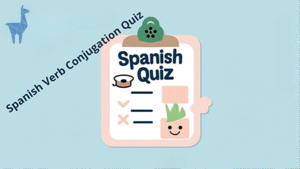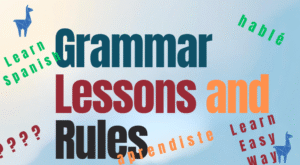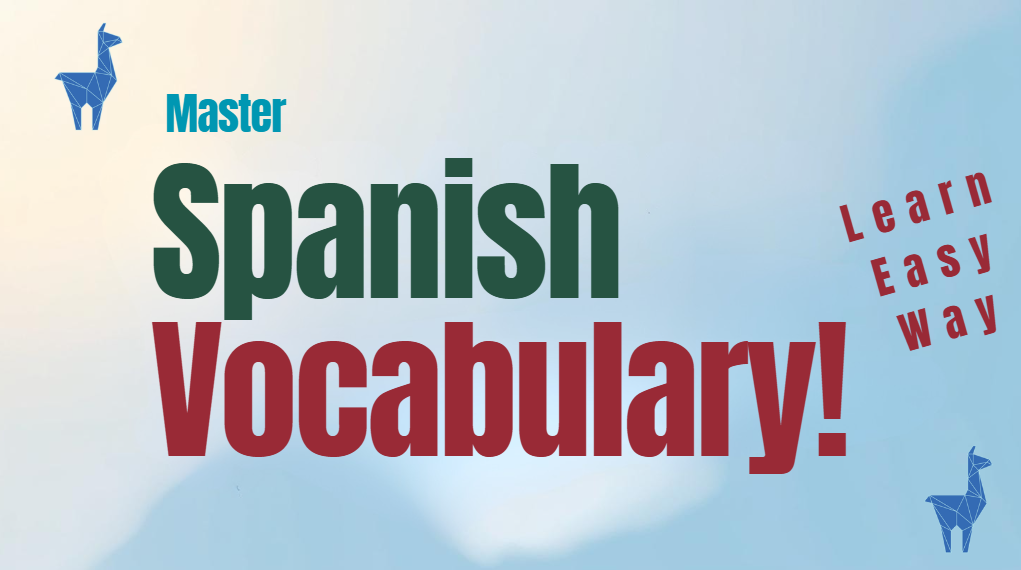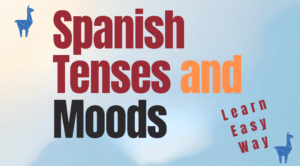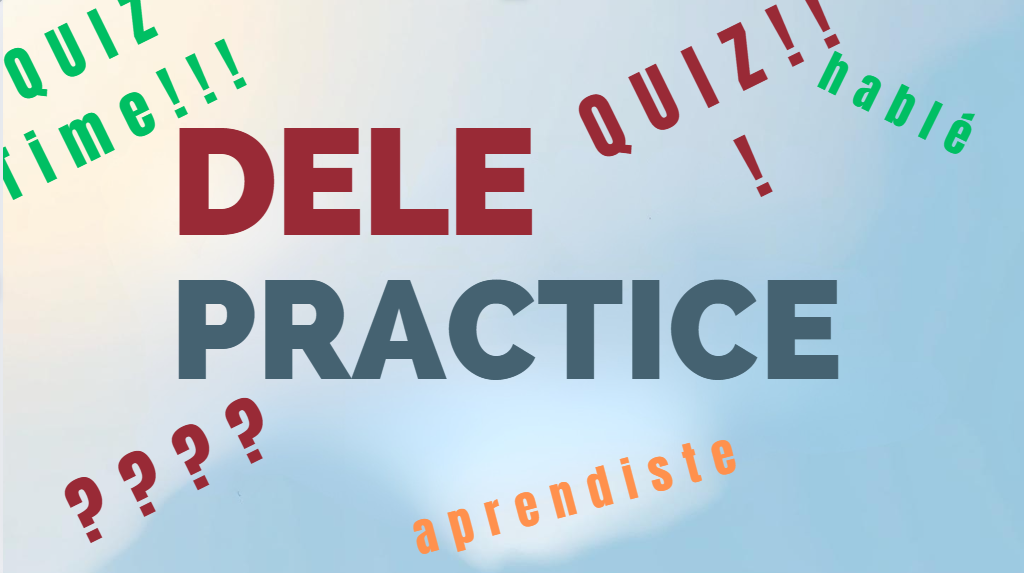Home
Grammar and Vocabulary Guides designed for Dele Preparation. From level A1 to C2 Advanced!

Spanish Resources
Study tips, and useful resources. Essential advice for effective Spanish learning. Boost your Spanish!

And More…
Discover the best online resources for Spanish learning. Links to recommended apps, websites, and tools to supplement your studies.
